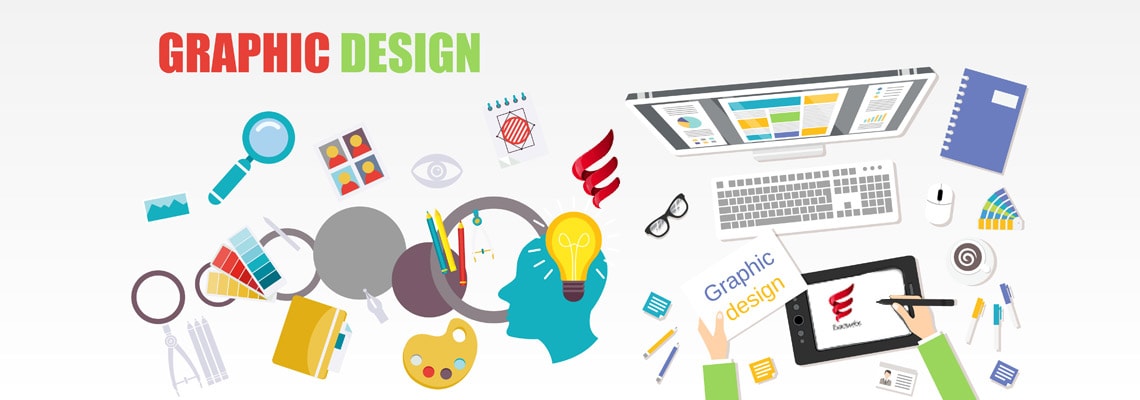
WHAT IS A GRAPHIC?
Your company has finally created or about to be, and you tackle the key issue of your image . Of course, you need a logo . And graphic studio which you will please ask you a weird kind of graphics issues "and I imagine you will also need a graphic Services?”
A graphic chart is the collection of the 10 commandments of your visual identity . It is a document that will serve as visual landmark, a set of rules that define how and under what conditions you will use your visuals and ultimately the tool that you will be by association in the minds of people.
OBJECTIVES OF A GRAPHIC
The purpose of a graphic is to ensure coherence, harmonization in all your communication media, whether
- A paper ( business cards , flyers, posters, envelopes, letterhead ... is the classic good package design studio )
- Physical media (sign, display, cover, vehicle presentation stand, marketing materials, T-shirt, etc.)
- A virtual media (electronic presentation, video, multimedia, website, email, etc.) or anything that may arise as new graphic design !
This applies to both your company and staff that your customers and suppliers. Any document that comes from your business should be identified at first glance.
If your graphic is respected, your image will always be the same regardless of the medium. Look at the number of companies that have a strong graphic identity ! This is the result of good graphic used and respected in all their communications.
COMPONENTS OF A GRAPHIC
What is in exactly this graphic? We now know that this is a set of rules, but carry on?
THE LOGO
Your
logo
is the cornerstone of your corporate identity !
You may have seen presentations or documents in which a logo is stretched, twisted, tiny, unrecognizable or unreadable limit ... is to avoid that the graphic will define the conditions of its use: its size, minimum size and its position relative to other elements (text, titles, margins, etc.).
THE TYPOGRAPHY (TYPEFACE)
The charter defines layout rules and use of typography in a document. The character and personality of one or more fonts provide meaning and can change the vision and scope of a text to create different texts levels while ensuring a comfortable reading. In addition of course to participate in the general consistency of communication both within and outside your company.
COLORS
The choice of colors should be limited to allow better storage and fast distinction. If you need to print your logo on a colored surface (car, plastic, etc.), what is allowed and what is not will necessarily stipulated in the graphic ... some colors are not desirable for your reference.
GRAPHICS UTILITIES / ICONS
Some companies have a mascot or graphic elements of the logo, for example to create an identity for each product. However, we must each find there your company.
USE IMAGES, ILLUSTRATIONS, PHOTOS
Some images may be selected in the Charter and the fact of using them regularly associates them after a while with your company systematically.
INSERTION RULES OF THESE ELEMENTS ON EACH SUPPORT
It is important to always keep the same proportions reports otherwise distort the graphics. We therefore define the rules for using such the necessary margins in a document, the spaces between the logo and text, etc.
GRAPHIC CHART WEBSITES
A graphic for a website is usually a variation of the graph paper chart, tailored to the specific needs of the web. It will advance the development of the site and just serve as a guide for developers and should allow them to create a beautiful interface, convenient and friendly.
On the web graphic will be defined the location of symbols such as the logo, graphics, key colors, fonts and character first and foremost allow rapid identification of the company with the graphic identity of the web will be similar in his paper identity.
Do not overlook the importance of a strong graphic and clear that you can refer constantly to create new elements of communication.

 Pinterest
Pinterest Twitter
Twitter Facebook
Facebook